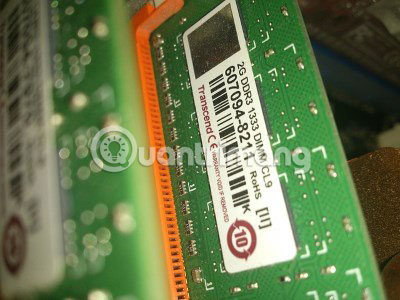What is Fileless Malware?
When you think about the process of a virus infecting your system, you can imagine someone opening an infected executable file on their PC. This will then infect the malware on the system. Since then, malware can steal information, start a cryptojacking attack or corrupt the file system.
Today, antivirus software is an important part of a computer, so it is hard for this type of attack to take place. Recently, however, a new method of distributing malware has increased dramatically - by completely not using the files!
What is Fileless Malware?
Fileless Malware is malware that works without a file on your computer's file system. That way, the fileless malware can work without a 'shelter' that will reveal its presence.

If you look at how a traditional antivirus program works, you can see why the fileless malware follows this interesting path. An antivirus software will check all the files on your computer's file system to find anything that is at risk of being infected.
Of course, if the malware doesn't leave any trace on the file system itself, there is no way an antivirus program can recognize and remove it. This is the biggest strength of fileless malware. It has better stealth capabilities than other traditional malware.
Where does Fileless malware reside?
So if the malware doesn't reside on the computer's file system, where is it stored? The idea behind the fileless malware is that it can work completely in the PC's RAM. RAM is used to store software while it is running, so malware can sneak into RAM, where it can do its job while avoiding detection.
It can penetrate the system by using vulnerabilities in existing software, such as through browser plugins, vulnerabilities in the operating system's "defense lines", or macros in programs like Word.

Residing in RAM means that malware is not detected by antivirus programs, which check file systems, but it also comes with a downside. Malware based on the file system still exists when the PC is turned off, because the hard drive remembers the data after the computer shuts down. However, RAM is deleted when shutdown, which means that any RAM-based malware inside is also destroyed. Thus, the fileless malware is designed to be invisible and quickly perform its work before the PC shuts down.
How to avoid fileless malware?
Now, you know what the fileless malware is. So how to avoid being attacked by fileless malware.
Avoid unreliable macros
Try not to install any macros that do not come from a reputable source. It is possible that macros on shady web pages are programmed to take advantage of security holes in the software you are running macros. Only use macros from good, reliable sources.
Always update the software
Because fileless macros need a security vulnerability to attack the system, it is best to keep the software up to date with the latest security patches, including the operating system, where there may be advances. The original program was attacked by fileless malware.
Use a good antivirus software
- 10 most effective antivirus software for Windows

A basic antivirus program will only scan the file system, but more advanced software will be able to check for threats while scanning. If you are worried about fileless malware, there are some free antivirus software that can check RAM to see if anything is sneaking in it.
Although malware is spread more widely by using an executable file, it is not always the case. Now you know how the fileless malware works and how to defeat it.
Is Fileless malware a big concern for you? Share your opinion with everyone in the comment section below!
 What do you know about Windows NT?
What do you know about Windows NT? Switch from base 2 to base 16
Switch from base 2 to base 16 Transfer from base 10 to base 16
Transfer from base 10 to base 16 Switch from base 16 to base 10
Switch from base 16 to base 10 What is OpenAL?
What is OpenAL? What is Face ID? How to use it?
What is Face ID? How to use it?